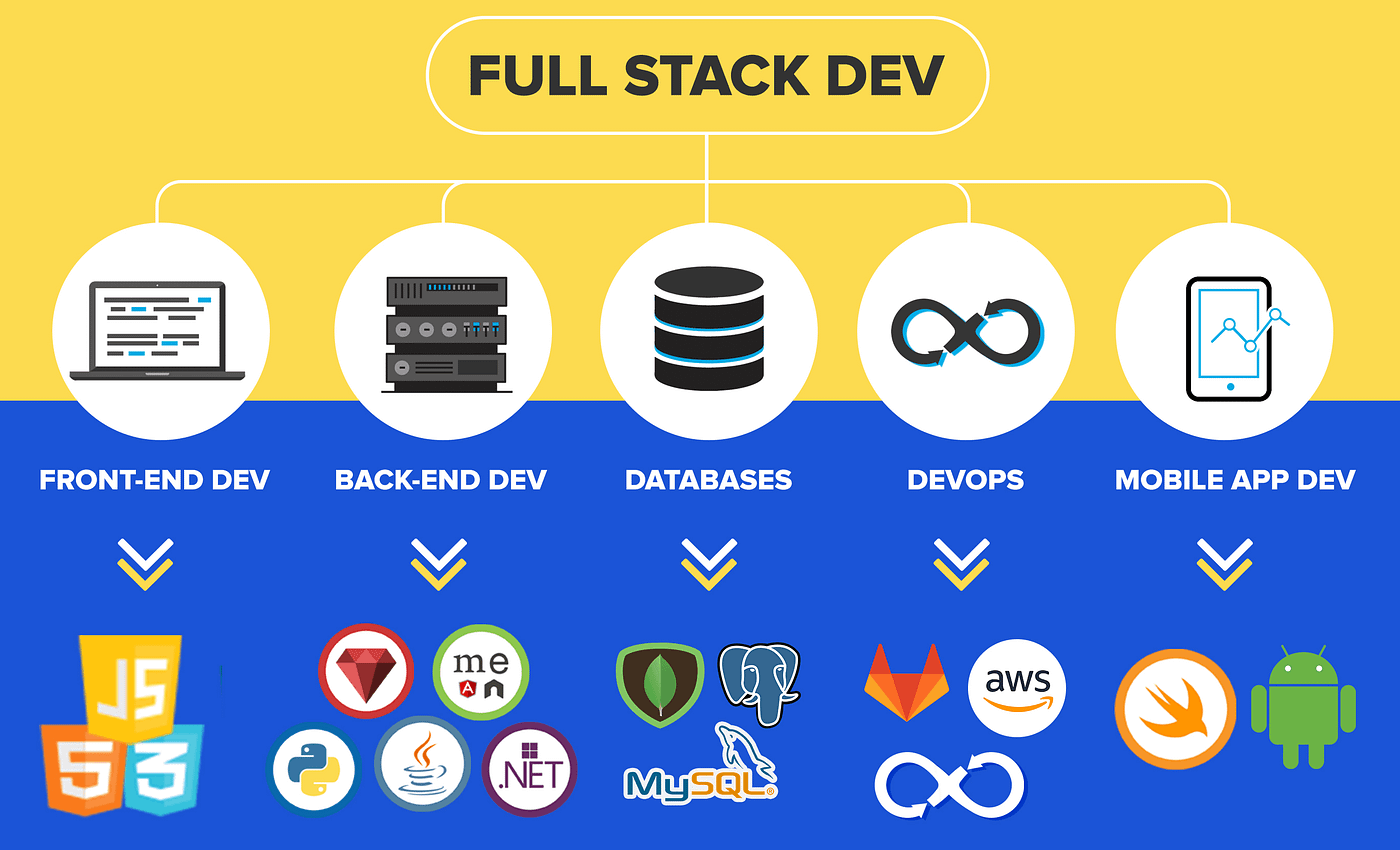Full Stack Development
Written by ChatGPT
21/7/24
Building a full-stack application involves multiple stages, each requiring careful planning and execution. The journey begins with defining the project scope and requirements. During this phase, developers and stakeholders collaborate to outline the application's goals, features, and technical specifications. This step is crucial as it sets the direction for the entire project and ensures that everyone involved has a clear understanding of what needs to be accomplished.
Next, the design and architecture phase comes into play. Here, the application’s user interface (UI) and user experience (UX) are crafted, and the overall system architecture is planned. Wireframes and mockups are created to visualize the application’s layout and functionality, allowing for iterative feedback and refinement. Simultaneously, the technology stack is chosen, including the programming languages, frameworks, and tools that will be used for both the front-end and back-end development.
With the design in place, development begins. The front-end team starts building the client-side of the application, focusing on creating an intuitive and responsive UI. This involves using HTML, CSS, and JavaScript, along with front-end frameworks like React, Angular, or Vue.js. Meanwhile, the back-end team works on setting up the server-side, implementing APIs, and connecting to databases. They use server-side languages like Node.js, Python, or Ruby, and frameworks such as Express.js or Django to handle business logic and data management.

As development progresses, testing becomes a critical component. Quality assurance (QA) teams conduct various tests, including unit tests, integration tests, and end-to-end tests, to ensure the application functions as expected. This phase helps identify and fix bugs, optimize performance, and ensure the application is secure. Testing is an ongoing process that continues throughout the development cycle to maintain high standards of quality.
Finally, the deployment and maintenance phase wraps up the project. The application is deployed to a live environment, and users can start interacting with it. Post-deployment, the focus shifts to monitoring, performance optimization, and handling any issues that arise. Regular updates and maintenance are essential to keep the application running smoothly, add new features, and address user feedback. Building a full-stack application is a complex but rewarding process, requiring collaboration, technical expertise, and a commitment to continuous improvement.